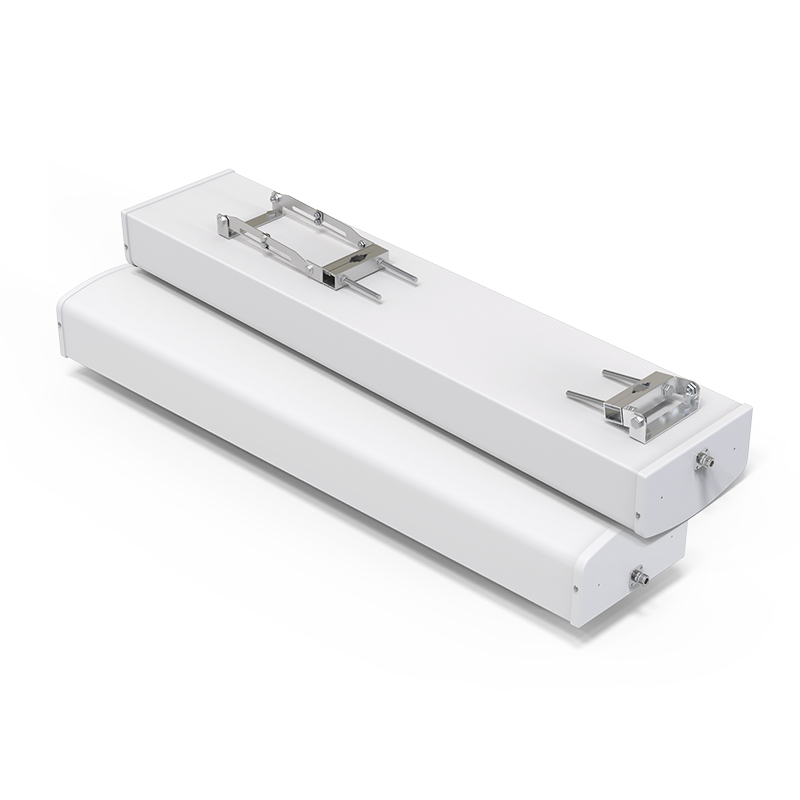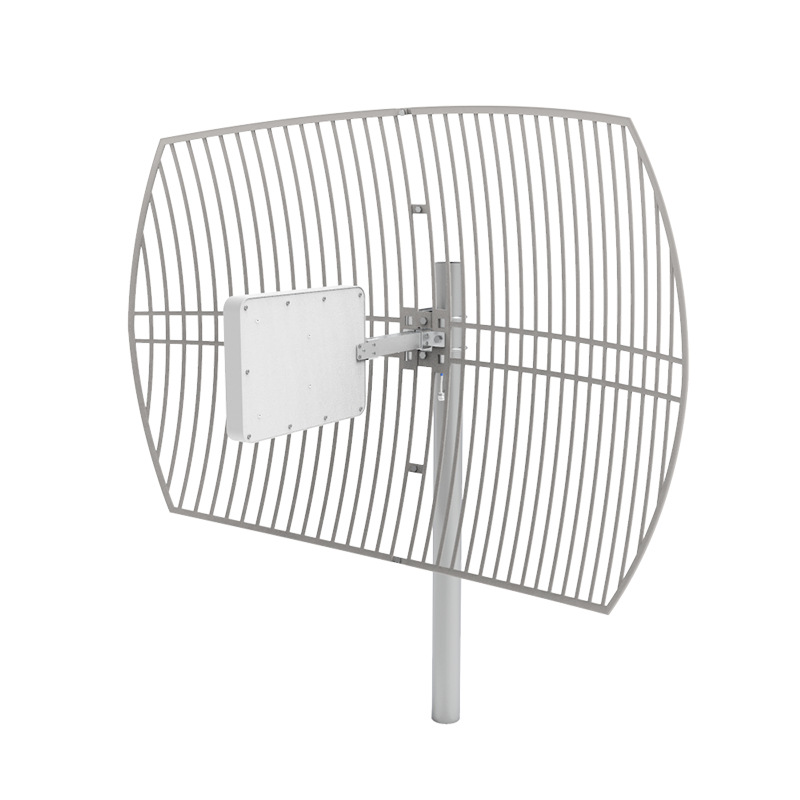Plate antennas have the characteristics of high gain and strong coverage, strong directionality, and strong anti-interference ability. Outdoor planar antennas are the preferred choice for many large coverage areas,such as farm, remote area, big building,etc.
Applications Of Panel Antenna
Outdoor panel antennas are widely used in telecommunications infrastructure for applications such as satellite communication, wireless broadband networks, and mobile communication systems. They help enhance coverage, increase capacity, and improve network performance.Used in 2G 3G 4G 5G base stations to extend network coverage in urban and rural areas. Or ideal for bridging signal gaps in mountainous or densely built environments.
In military applications, outdoor panel antennas are crucial for secure and reliable communication. They are used in various scenarios, including airborne communication, ground-based surveillance, and command and control systems.
Application Scenarios Of Panel Antenna
Large Buildings
Signal coverage enhancement: In large buildings such as office buildings, shopping malls, hotels, etc., due to the complex building structure, signals are easily obstructed and attenuated. Outdoor panel antennas can be installed on the roof or exterior walls of buildings to enhance signal coverage and ensure stable indoor communication.
Intelligent security monitoring: used to support intelligent security monitoring systems around buildings. By connecting with monitoring cameras, sensors, and other devices, real-time monitoring data is transmitted to the monitoring center to improve the efficiency and reliability of security monitoring.
Intelligent parking management: In large building parking lots, plate antennas can be used for automatic recognition and management of vehicles. By cooperating with license plate recognition systems, parking sensors, and other devices, rapid entry and exit of vehicles and intelligent allocation of parking spaces can be achieved
The most common application is in daily mobile communication,such as farm, village, stadium, remote area, big building
When used in conjunction with a mobile signal amplifier, it can help people receive signals from a distance and finally transmit signals enhanced by a repeater, thereby obtaining a good network experience, enhancing communication between people, and bringing great convenience to people's lives.

Farm
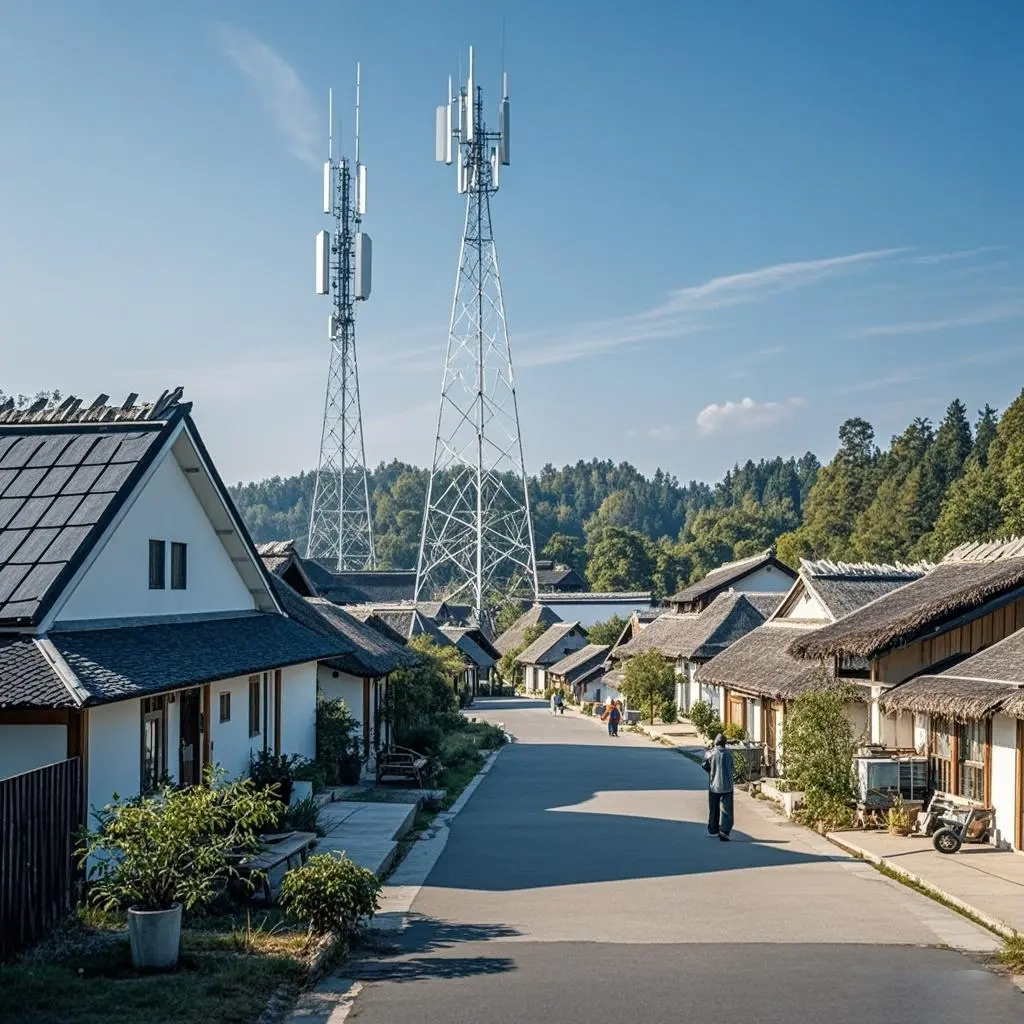
Town
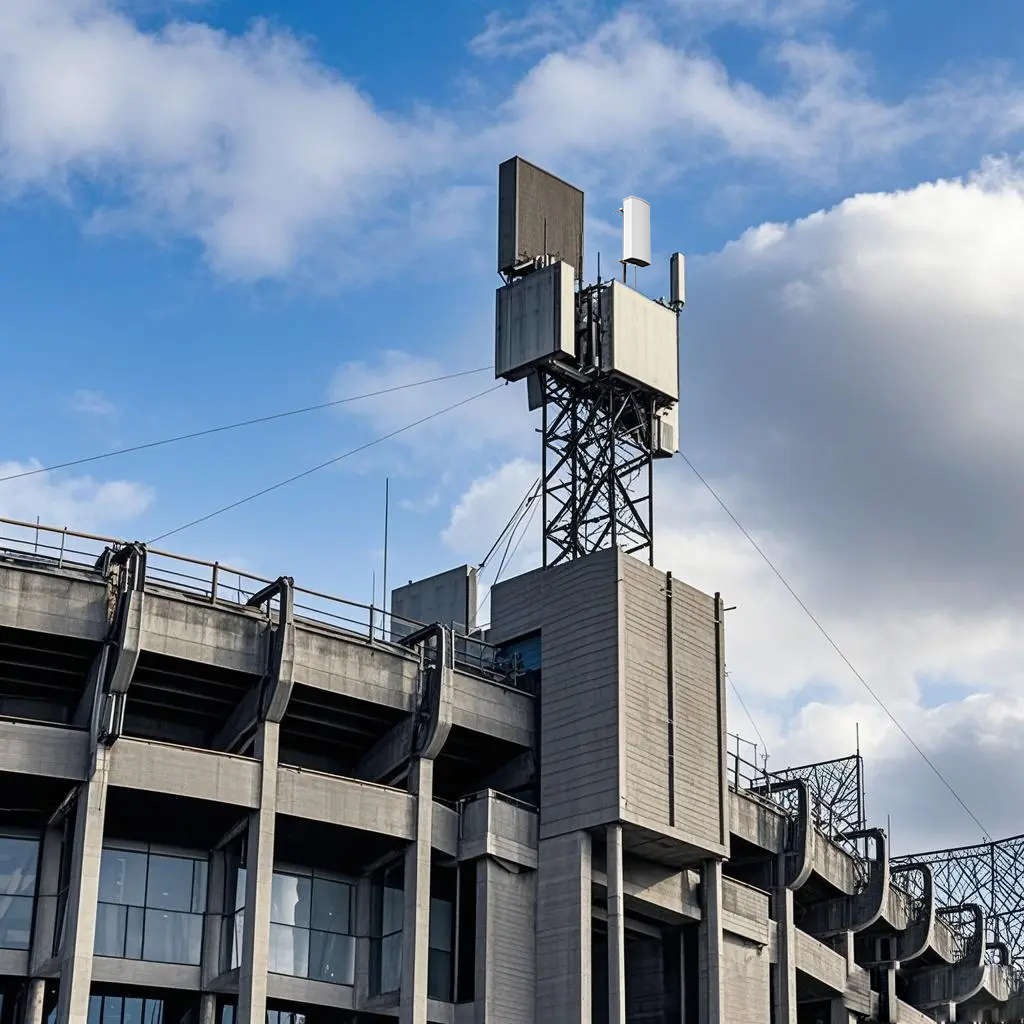
Stadium
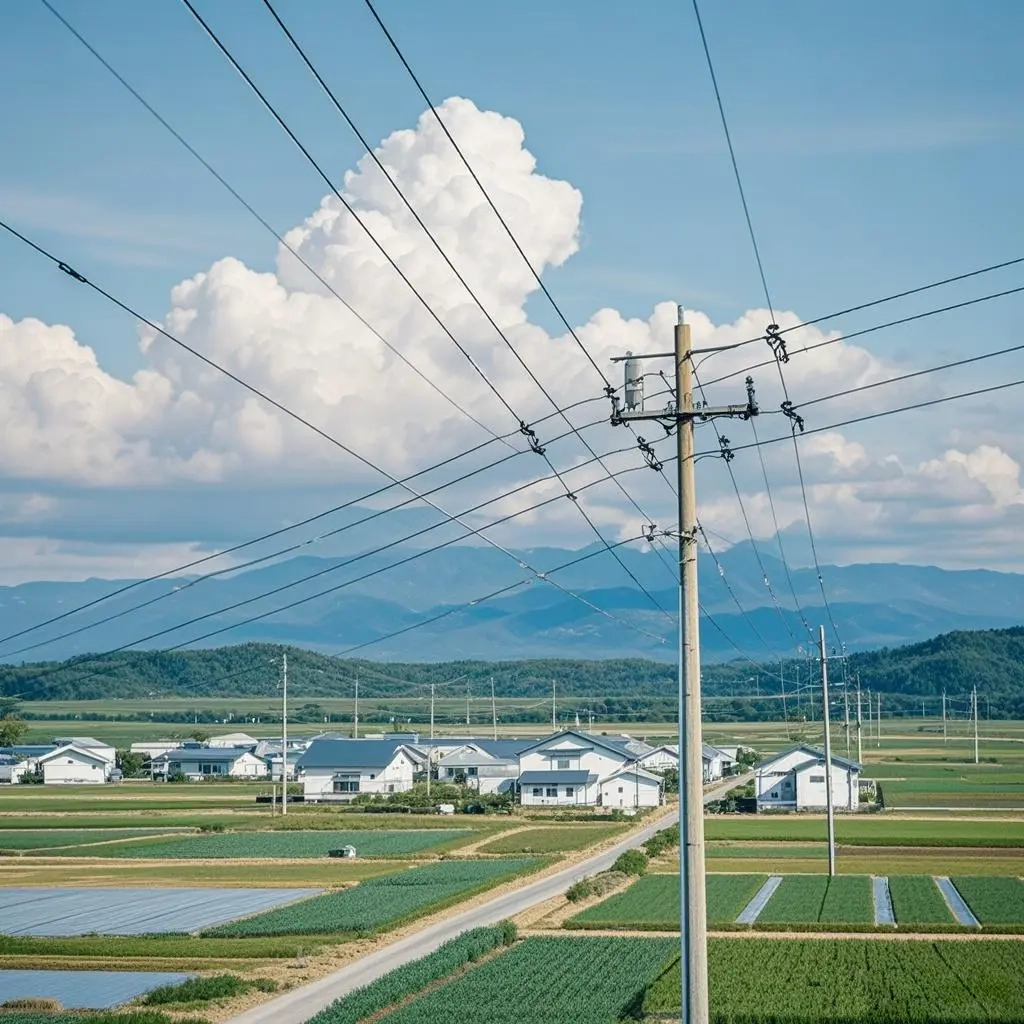
Village
Advantages Of Panel Antenna
High gain and strong coverage
Outdoor planar antennas have high gain characteristics, which can effectively enhance signal coverage range. For example, in areas with weak signal coverage, such as urban villages and underpass tunnels, installing plate antennas can significantly improve signal strength.
Strong directionality
Plate antennas have good directionality and can concentrate signals in a specific direction, reducing signal diffusion and interference. This enables it to accurately transmit signals to the target area in complex environments, such as high-rise urban areas.
Strong anti-interference ability
Due to its directionality, the planar antenna can effectively filter out interference signals from other directions when receiving signals, thereby improving signal quality and ensuring communication stability and reliability.
Flexible installation
The plate-shaped antenna has a relatively small volume and light weight, making it easy to install in various positions such as roofs, walls, lamp posts, etc. This flexibility allows it to adapt to different installation environments and requirements.
In summary, big panel antenna help solving the problem of weak signal coverage, kind of this communication antenna suitable for various scenarios with weak signal coverage, such as high-rise buildings, villa communities, mixed use communities, commercial areas, underpass tunnels, etc. For example, in high-rise buildings, installing plate antennas can improve signal coverage in low rise areas. In the meanwhile, 2G 3G 4G antenna as well as 5G panel antenna are meeting the communication needs of more users: In some densely populated areas such as commercial districts, hospitals, etc., planar antennas can meet the communication needs of more users by increasing the depth and thickness of signal coverage. In scenarios where signal coverage needs to be rapidly improved, the installation and debugging of planar antennas are relatively simple and fast, allowing for quick deployment and reducing construction time and costs.
Callboost panel antenna meeting 2G 3G 4G 5G network. Contact us to know more!
Installation Requirement Of Panel Antenna 2G 3G 4G 5G
Attention should be paid to the following matters when installing outdoor antennas:
In terms of safety
High altitude operation safety: Installation personnel must wear safety protection equipment, such as safety helmets, safety belts, etc. An installation platform must be built to ensure the safety of installation personnel during high-altitude operations.
Adverse weather conditions: Antennas cannot be lifted during severe weather conditions such as strong winds, sandstorms, thunderstorms, etc.
Electrical safety: Before conducting wiring operations for antenna control equipment debugging, the corresponding power switch of the previous level should be disconnected and powered off. Live working is strictly prohibited. The electricity used at the installation site should comply with current industry standards
Pre-Installation Preparation
Site Survey:
Identify optimal mounting locations (e.g., rooftops, poles) with minimal obstructions.
Avoid proximity to metal structures or sources of electromagnetic interference.
Alignment:
Use a compass and inclinometer to align the antenna’s azimuth (horizontal angle) and tilt (vertical angle).
Mounting Best Practices
Secure Mounting Brackets:
Use corrosion-resistant brackets to fix the antenna to poles or walls.
Cable Management:
Route coaxial cables away from sharp edges; use waterproof cable glands.
Grounding:
Install lightning arrestors and grounding kits to protect against surges.
Weatherproofing:
Seal connectors with rubber tape or heat-shrink tubing to prevent moisture ingress.
Post-Installation Debugging and Acceptance Checks
After installation, perform these tests to validate functionality:
Debugging Steps
Signal Strength Testing:
Use a spectrum analyzer or network testing tools to measure RSSI (Received Signal Strength Indicator).
VSWR Check:
Verify Voltage Standing Wave Ratio (< 1.5:1) to ensure impedance matching.
Beam Adjustment:
Acceptance Criteria
Functional Verification:
Confirm stable connectivity and data throughput.
Physical Inspection:
Check for loose bolts, cable damage, or corrosion.
Documentation Review:
Provide installation reports, test results, and warranty details to the client.
Fine-tune azimuth and tilt angles to maximize coverage.
Schedule periodic inspections (e.g., every 6–12 months).


